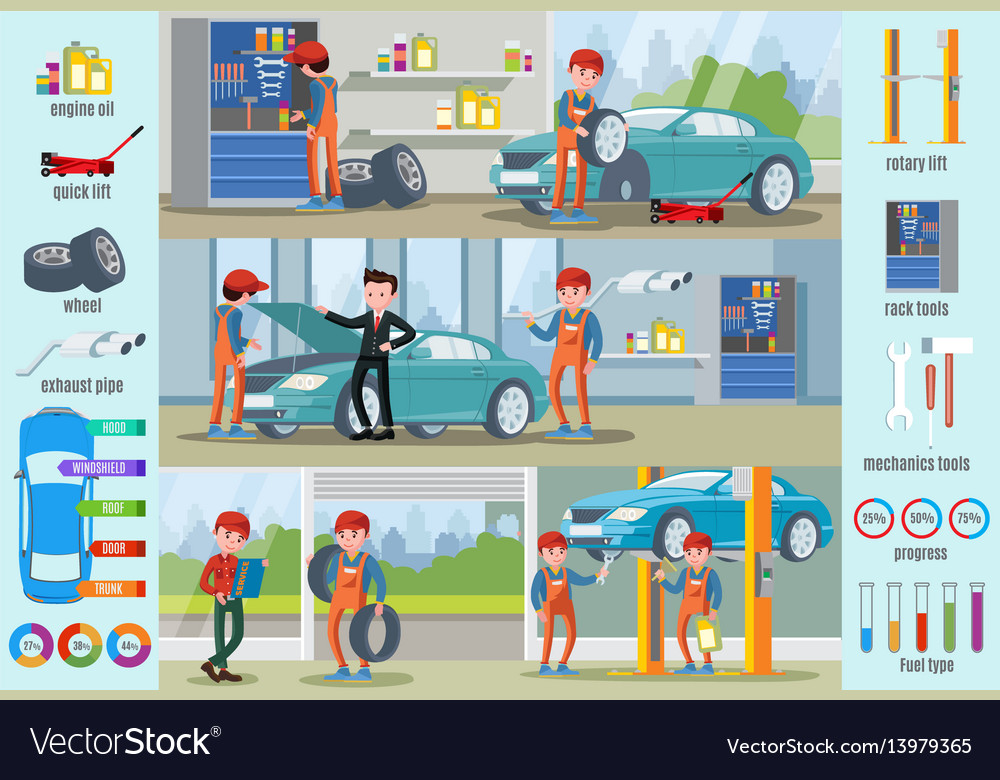Want To Learn More About The Caution Lights On Your Control Panel? Discover What They Suggest Regarding Your Car'S Health And Safety
Want To Learn More About The Caution Lights On Your Control Panel? Discover What They Suggest Regarding Your Car'S Health And Safety
Blog Article
car interior steam clean Composed By-Faulkner Winters
When you lag the wheel, those glowing warning lights on your control panel can be a bit complicated. Do you know what they're attempting to inform you about your car's health and wellness? Recognizing the significance of these lights is important for your safety and the durability of your vehicle. So, the next time among those lights turns up, would not you want to understand its message accurately and take the necessary actions to resolve it?
Common Caution Lighting and Interpretations
Identify usual caution lights in your auto and recognize their meanings to guarantee safe driving.
Read the Full Piece of writing of the most typical caution lights include the check engine light, which indicates concerns with the engine or discharges system. If this light begins, it's critical to have your car examined without delay.
The oil pressure alerting light shows low oil stress, calling for prompt attention to avoid engine damage.
A blinking battery light may suggest a malfunctioning billing system, possibly leaving you stranded otherwise addressed.
The tire pressure monitoring system (TPMS) light signals you to low tire pressure, affecting car stability and gas performance. Ignoring this can cause hazardous driving problems.
The ABS light indicates a trouble with the anti-lock stopping system, compromising your capacity to quit promptly in emergency situations.
Finally, the coolant temperature alerting light warns of engine overheating, which can cause serious damages if not solved swiftly.
Comprehending these typical warning lights will aid you resolve problems quickly and maintain risk-free driving conditions.
Value of Prompt Interest
Recognizing the typical warning lights in your car is just the very first step; the importance of quickly resolving these warnings can't be highlighted sufficient to ensure your security when driving.
When a warning light illuminates on your dashboard, it's your cars and truck's means of connecting a potential issue that needs focus. Overlooking these cautions can bring about extra extreme issues in the future, jeopardizing your safety and security and possibly costing you extra in repairs.
Prompt attention to cautioning lights can avoid break downs and mishaps. As an example, a blinking check engine light can suggest a misfire that, if left ignored, might trigger damage to the catalytic converter. Addressing this immediately can conserve you from a costly repair work.
Likewise, a brake system warning light could signify reduced brake fluid or worn brake pads, crucial components for your security when driving.
DIY Troubleshooting Tips
If you discover a caution light on your dashboard, there are a few do it yourself fixing pointers you can attempt prior to seeking expert assistance.
The first step is to consult your auto's guidebook to understand what the details caution light suggests. Occasionally the concern can be as easy as a loosened gas cap activating the check engine light. Tightening the gas cap may settle the issue.
Another common concern is a reduced battery, which can set off different advising lights. Inspecting the battery connections for corrosion and ensuring they're secure may repair the problem.
If a caution light persists, you can try resetting it by separating the vehicle's battery for a few mins and then reconnecting it. In addition, inspecting your vehicle's liquid degrees, such as oil, coolant, and brake fluid, can aid troubleshoot advising lights related to these systems.
https://www.forbes.com/wheels/advice/when-is-a-car-not-worth-fixing/
In conclusion, understanding your automobile's caution lights is vital for keeping your lorry running smoothly and securely. By immediately attending to vehicle wrap auckland and knowing what they imply, you can avoid expensive repair work and prospective break downs.
Keep in mind to consult your cars and truck's guidebook for specific details on each alerting light and take action accordingly to make sure a hassle-free driving experience.
Keep informed, stay secure when driving!
